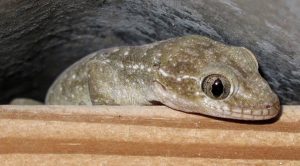Just count species, you will get the rest of biodiversity
Posted on 1 April 2019

A question in conservation literature is how to best preserve all dimensions of biodiversity when planning conservation areas. Biodiversity can be described in lots of terms. You can count the number of species (e.g., 1 rabbit species, 2 fox species, 5 rodent species) you can look at how the species function in an ecosystem (e.g., 1 herbivore, 2 predators, 5 pollinators) or you can look at the evolutionary relatedness of species (e.g., 3 taxonomic genera, 4 families, 2 classes). We want to preserve as much biodiversity as possible, but if we focus just on conserving one of those dimensions, does it also conserve the other dimensions of biodiversity? That is, does it act as a surrogate. New collaborative work by iEcoLab tackles this often debated issue and utilizing a novel method finds that just by setting aside land that has the most species, also preserves the other diversity dimensions, at least for vertebrates of the Western Hemisphere. This finding is substantial because it is much easier to count species than to count all of their functions and evolutionary history. Much more work is needed on other taxonomic groups, and the debate will continue on surrogacy, but regardless we need to focus on preserving what we can while it is still here. The paper is here and a blog post on it can be found here.
Back to Top
